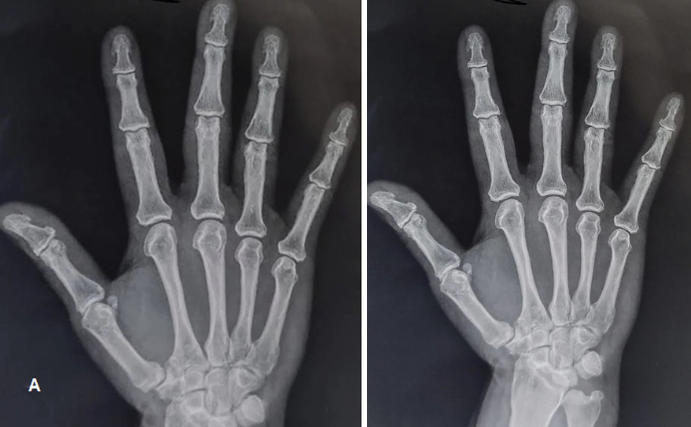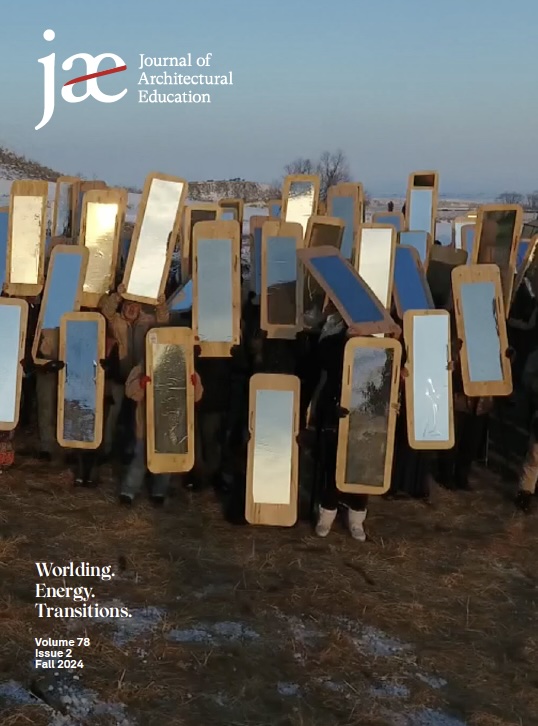The Journal of Trauma and Acute Care Surgery has retracted a letter it published about a purportedly novel injury observed during the two deadly waves of pager explosions in Lebanon and Syria in 2024, reportedly linked to Israeli intelligence services.
The original letter, “‘Pager’s trauma’ as a new and destructive type of blast injuries,” published Dec. 26, 2024, had not been indexed by Clarivate’s Web of Science. It focused on the September 2024 attacks in Lebanon and Syria, which led to dozens of deaths and thousands of injuries among Hezbollah fighters and some civilians. The attacks were carried out by boobytrapping walkie-talkies and pagers with explosives and are widely believed to have been carried at the direction of Israeli authorities.
The new letter argued such injuries are novel, dubbing them “Pager’s trauma.”
The letter read:
Continue reading Journal retracts letter about pager explosion injuries in Lebanon







